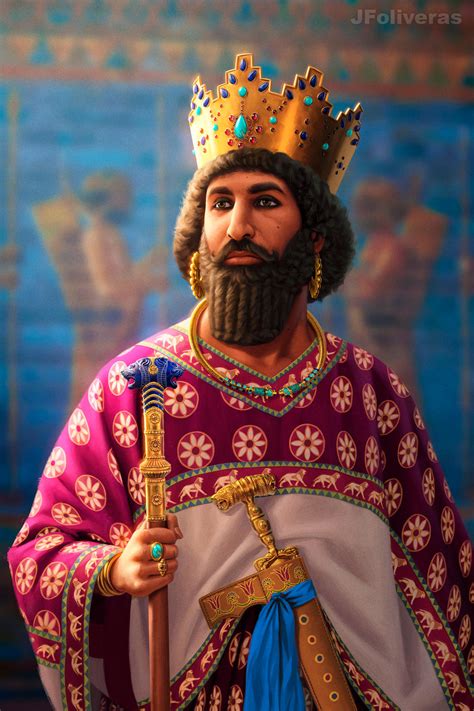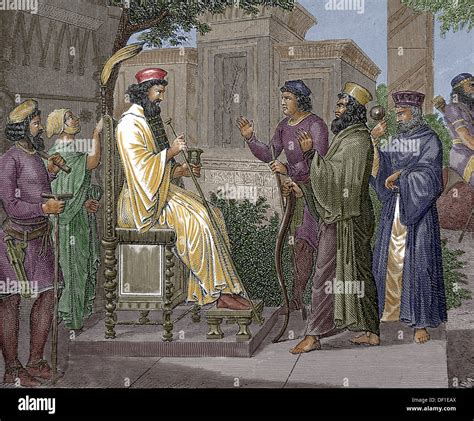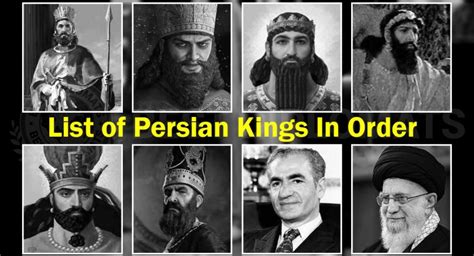hermes persian king | median king of persia hermes persian king During the Middle Ages and the Renaissance, the Hermetica enjoyed great prestige and were popular among alchemists. Hermes was also strongly associated with astrology, for example by the influential Islamic astrologer Abu Ma'shar al-Balkhi See more
$84.97
0 · medieval kings of persia
1 · median king of persia
2 · list of persian kings
3 · kings of persia wiki
4 · kings of persia
5 · king of persia dynasty
6 · arabic hermes
7 · ancient persian kings
Olde English 800 (otherwise known as “Olde E”) is an absolute classic in the world of malt liquor. Its current status as the malt liquor of choice among many rappers .
Hermes Trismegistus (from Ancient Greek: Ἑρμῆς ὁ Τρισμέγιστος, "Hermes the Thrice-Greatest"; Classical Latin: Mercurius ter Maximus) is a legendary Hellenistic period figure that originated as a syncretic combination of the Greek god Hermes and the Egyptian god Thoth. He is the purported author of the . See moreHermes Trismegistus may be associated with the Greek god Hermes and the Egyptian god Thoth. Greeks in the Ptolemaic Kingdom of Egypt recognized the equivalence of . See moreFowden asserts that the first datable occurrences of the epithet "thrice great" are in the Legatio of Athenagoras of Athens and in a fragment from Philo of Byblos, c. AD 64–141. However, in a later work, Copenhaver reports that this epithet is first found in the . See moreAntoine Faivre, in The Eternal Hermes (1995), has pointed out that Hermes Trismegistus has a place in the Islamic tradition, although the name Hermes does not appear in the Qur'an. Hagiographers and chroniclers of the first centuries of the Islamic See more
• Corpus Hermeticum along with the complete text of G.R.S. Mead's classic work, Thrice Greatest Hermes• Hermetic Research is a portal on Hermetic study and discussion• Dan Merkur, "Stages of Ascension in Hermetic Rebirth" See more
During the Middle Ages and the Renaissance, the Hermetica enjoyed great prestige and were popular among alchemists. Hermes was also strongly associated with astrology, for example by the influential Islamic astrologer Abu Ma'shar al-Balkhi See moreBahá'u'lláh, founder of the Baháʼí Faith, identifies Idris with Hermes in his Tablet on the Uncompounded Reality. See more• Aufrère, Sydney H. (2008) (in French). Thot Hermès l'Egyptien: De l'infiniment grand à l'infiniment petit. Paris: L'Harmattan. See more
This article lists the monarchs of Iran (Persia) from the establishment of the Medes around 678 BC until the deposition of the Pahlavi dynasty in 1979.
Around 600 c.e. the people of Harran seem to have venerated Hermes as one of the ancient philosophers and pagan holy men. By the early ninth century, as the testimony of Theodore .The new King of Kings, Ardašīr I, and his son and successor, Šāpūr I, ruled an Iranian empire that would remain a lasting rival of the Romans and Byzantines (ca 224–642 ce). 1 Like their . Hermes is similarly swapped out for the Persian culture hero Tahmuras. This story is quite obviously a derivative of the more familiar tale, and one meant to place Persia above .Hermes Trismegistus (from Ancient Greek: Ἑρμῆς ὁ Τρισμέγιστος, "Hermes the Thrice-Greatest"; Classical Latin: Mercurius ter Maximus) is a legendary Hellenistic period figure that originated as a syncretic combination of the Greek god Hermes and the Egyptian god Thoth. [1]
List of monarchs of Persia. This article lists the monarchs of Iran (Persia) from the establishment of the Medes around 678 BC until the deposition of the Pahlavi dynasty in 1979.Around 600 c.e. the people of Harran seem to have venerated Hermes as one of the ancient philosophers and pagan holy men. By the early ninth century, as the testimony of Theodore Abu Qurra makes clear, Hermes was already elevated to the level of prophet by planet-worshipping Harranian pagans.The new King of Kings, Ardašīr I, and his son and successor, Šāpūr I, ruled an Iranian empire that would remain a lasting rival of the Romans and Byzantines (ca 224–642 ce). 1 Like their Roman counterparts, the Persian emperors dominated a vast territory including many different ethnic and religious groups having their own languages and . Hermes is similarly swapped out for the Persian culture hero Tahmuras. This story is quite obviously a derivative of the more familiar tale, and one meant to place Persia above Egypt as the center of ancient knowledge. Tahmuras was a suitable substitute, for like Hermes he was an ancient king, a mystical sage, a magician, and an inventor.
Hermes was an important god in the Greek pantheon and one of the Twelve Olympians. He is best known for being the herald or messenger of the gods and is portrayed in many myths as such. In addition, in artistic depictions, Hermes is given attributes that allow him to play this role well.
medieval kings of persia
median king of persia


By this account, Hermes Trismegistus was either a contemporary of Moses, or the third in a line of men named Hermes, i.e. Enoch, Noah, and the Egyptian priest king who is known to us as Hermes Trismegistus on account of being the greatest priest, philosopher, and king.
The Achaemenid Empire (c. 550-330 BCE) was the first great Persian political entity in Western and Central Asia which stretched, at its peak, from Asia Minor to the Indus Valley and Mesopotamia through Egypt.
The Achaemenid Empire, also known as the first Persian Empire, was the famed ancient Iranian empire that emerged in prominence and might following the fall of the Neo-Babylonian Empire.
Famed as the herald of the Greek gods, Hermes is the ‘jack of all trades’ when it comes to the pantheon of Mount Olympus. Known for his trademark winged sandals and snake encircled sceptre, he is the god of both thieves and shepherds. But how did he earn those titles?
Hermes Trismegistus (from Ancient Greek: Ἑρμῆς ὁ Τρισμέγιστος, "Hermes the Thrice-Greatest"; Classical Latin: Mercurius ter Maximus) is a legendary Hellenistic period figure that originated as a syncretic combination of the Greek god Hermes and the Egyptian god Thoth. [1]List of monarchs of Persia. This article lists the monarchs of Iran (Persia) from the establishment of the Medes around 678 BC until the deposition of the Pahlavi dynasty in 1979.Around 600 c.e. the people of Harran seem to have venerated Hermes as one of the ancient philosophers and pagan holy men. By the early ninth century, as the testimony of Theodore Abu Qurra makes clear, Hermes was already elevated to the level of prophet by planet-worshipping Harranian pagans.The new King of Kings, Ardašīr I, and his son and successor, Šāpūr I, ruled an Iranian empire that would remain a lasting rival of the Romans and Byzantines (ca 224–642 ce). 1 Like their Roman counterparts, the Persian emperors dominated a vast territory including many different ethnic and religious groups having their own languages and .
Hermes is similarly swapped out for the Persian culture hero Tahmuras. This story is quite obviously a derivative of the more familiar tale, and one meant to place Persia above Egypt as the center of ancient knowledge. Tahmuras was a suitable substitute, for like Hermes he was an ancient king, a mystical sage, a magician, and an inventor. Hermes was an important god in the Greek pantheon and one of the Twelve Olympians. He is best known for being the herald or messenger of the gods and is portrayed in many myths as such. In addition, in artistic depictions, Hermes is given attributes that allow him to play this role well.
By this account, Hermes Trismegistus was either a contemporary of Moses, or the third in a line of men named Hermes, i.e. Enoch, Noah, and the Egyptian priest king who is known to us as Hermes Trismegistus on account of being the greatest priest, philosopher, and king. The Achaemenid Empire (c. 550-330 BCE) was the first great Persian political entity in Western and Central Asia which stretched, at its peak, from Asia Minor to the Indus Valley and Mesopotamia through Egypt. The Achaemenid Empire, also known as the first Persian Empire, was the famed ancient Iranian empire that emerged in prominence and might following the fall of the Neo-Babylonian Empire.

list of persian kings
kings of persia wiki
Investing. When it comes to investing, the 80/20 rule asserts that 80% of your investment returns — or losses — come from only 20% of your assets. You should take .
hermes persian king|median king of persia



























